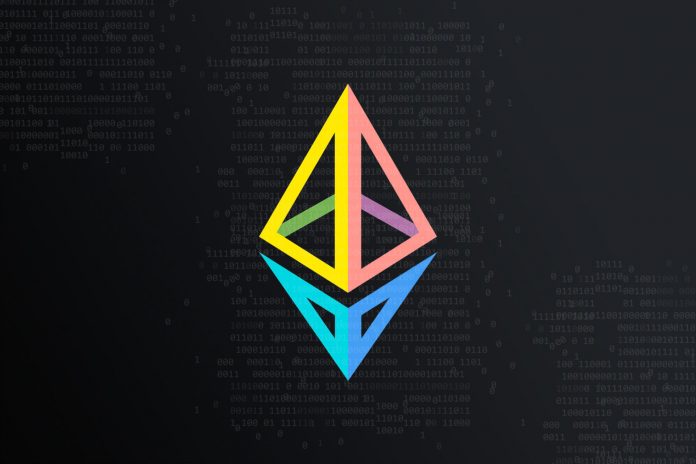Ethereum – The World’s First Smart Contracts
If you start a conversation with your average person, most of them will know about Bitcoin to some degree. Bitcoin’s rise to superstar status in the crypto community came with the Great Bitcoin Bubble of 2017. During one calendar year, the price of BTC shot to $20,000, before plummeting back to earth in what was the biggest bursting of a financial bubble in modern economic history.
However, most people don’t know anything about other cryptos. Ethereum is a smart contract, similar to Bitcoin – but nothing like it. Ethereum built is a competitive advantage in smart contracts and smart apps. Essentially, Ethereum has more utility than being only currency.
In this article, we’ll unpack everything you need to know about the world’s second-most popular cryptocurrency.
What is Ethereum? – The Team Behind Ethereum
ETH currently sits in the number-two spot on CoinMarketCap’s crypto-asset list. According to the site, Ethereum has nearly $23-billion in market cap, with daily trading volumes approaching $20-billion. Vitalik Buterin is the designer of Ethereum, and he developed ETH with the vision of building crypto with more utility than Bitcoin could offer.
At the end of 2013, Vitalik published the Ethereum whitepaper, containing the rationale and description of the protocol for building the cryptocurrency. Vitalik worked with Gavin Wood and Joseph Lubin to bring the project to life. By adding the Solidity programming language, the team could enable Turing complete developments, laying the groundwork for what would become the first smart contracts on the Blockchain.
How Does It Work?
You might find yourself wondering – What is a smart contract?
Think of a smart contract as a vending machine. When you drop a coin in the machine, it gives you a can. If you don’t have a coin, you can’t get a can, no matter how hot it is outside. That’s the basic logic behind a smart contract.
With smart contracts on the Ethereum Blockchain, it’s not necessary to use hardware or devices to implement agreements. Smart contracts running on the Ethereum protocol will control the underlying digital asset. If the protocol requires a transfer, then the system transfers the money. An example would be paying salaries, where the smart contract executes, without the need for external input.
What are the Features of Ethereum?
Ethereum runs on “Dapps.” Dapps are what Vitalik envisioned as an easy and broadly available programming language. The Dapp code runs on the same decentralized network like Bitcoin, instead of on centralized servers, reducing the chances of manipulation or censorship.
Since the underlying code building the framework of Ethereum is decentralized, apps using the protocol are decentralized – and called dapps. The distributed ledger stores the dapp code, which is a massive advantage for improving the security and integrity of the code.
The ETH ICO raised $16-million in August 2014, with the first block of smart contracts mined on 30th July 2015. In less than 5-years since its launch, the ETH protocol built a network of hundreds of thousands of computers across the globe.
The Ethereum network consists of thousands of connected nodes and miners all around the world. These nodes and miners provide the network power, keeping the contracts rolling.
How do I Buy Ethereum?
Ethereum is available on almost all crypto exchanges. Regulated exchanges like Coinbase also offer Ethereum, allowing you to purchase this crypto with fiat currency.
What are the Recommended Exchanges for Trading Ethereum?
When registering for an exchange, you’ll need to consider how you want to withdraw your profits in the future. If you intend to trade your ETH for USD or other fiat money in the future, then we recommend you register with a regulated exchange.
Regulated exchanges comply with Financial regulations surrounding the use of KYC and AML policies to prevent financial crime. Those exchanges that do not comply with KYC and AML policies will not be able to assist you with withdrawals in fiat currency.
Some unregulated exchanges may allow you to deposit using credit cards, but they will only pay out in crypto. You’ll have to then transfer that to a regulated exchange, like Coinbase, and then exchange your ETH for USD or your preferred fiat.
Therefore, its vital that you consider your exit strategy before purchasing your ETH. If you’re buying crypto to start trading the crypto markets, then make sure you know the difference between regulated and unregulated exchanges.
American passport holders have the biggest restrictions on trading crypto. You’ll have to register with a US-facing exchange, such as Coinbase Pro, Binance US, or Kraken, to get access to the crypto markets, as well as withdrawals to your bank account or external wallet.


